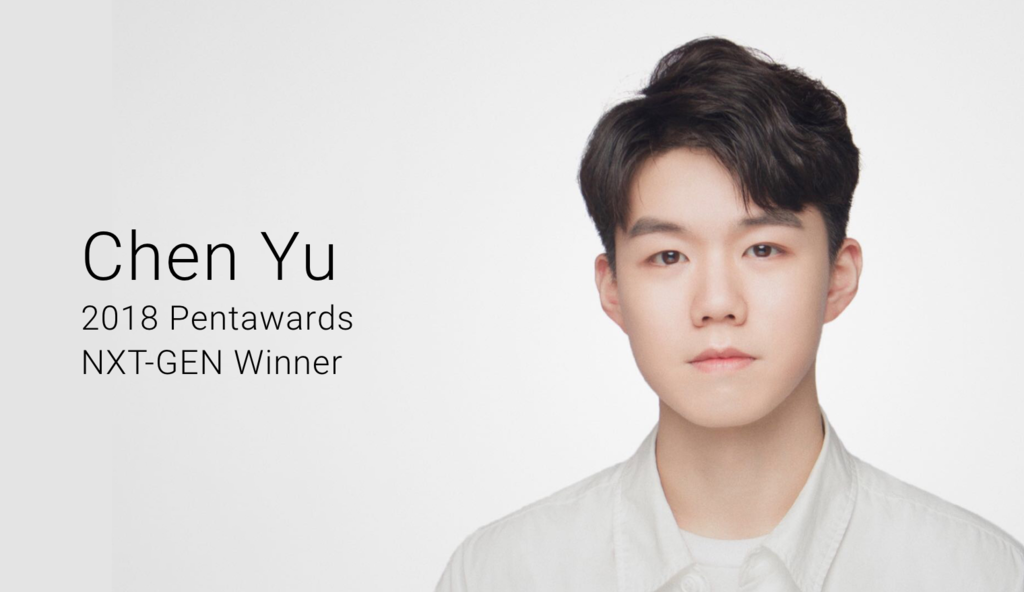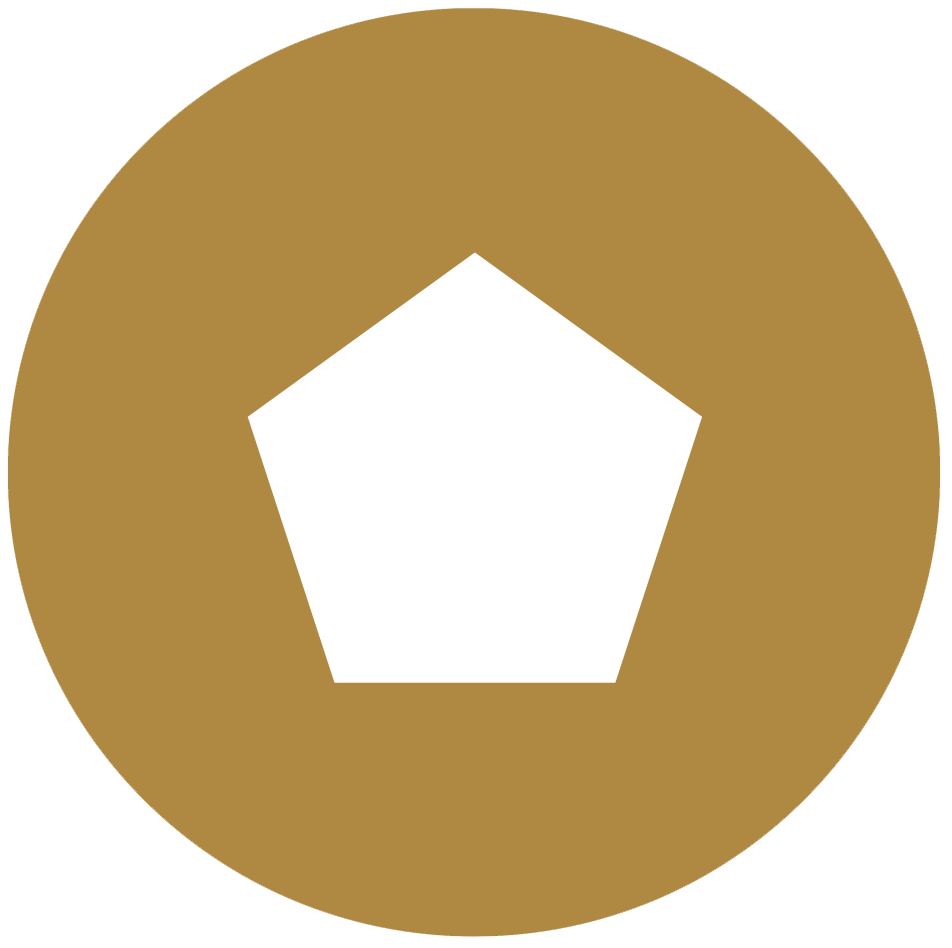
Back Catching up with the first NXT-GEN winner
Chen Yu, the first ever NXT-GEN winner of Pentawards, is a young designer from China who is studying Product Design. He is a strong believer that when it comes to design, you don’t always need to ‘think big’, sometimes just a small change can make a big difference.
Over the past few years, his work has been recognised by the global community, won more than 20 international design awards, and been featured in thousands of media outlets.
The NXT-GEN award is given to the most inspiring student entries and is selected by the Pentawards international jury panel.
Can you share your experience of being the first NXT-GEN winner?
Panda Cigarette was the first design work I did when I started studying design. At that time, I was just a freshman student, and I didn't expect to be recognised as the NXT-GEN winner, selected by the jury. When I first received the email from Pentawards, I felt like I'd won the lottery and didn't quite believe it until I got the official letter a month later. Then when I was on stage receiving the award at the Guggenheim Museum in New York, it felt like a dream. I got the opportunity to connect with so many talented professionals in the design industry, and it made me feel more connected with the global design community.

What has winning this award done for you?
I am really thankful to Pentawards for giving me the opportunity to get my name on the international stage with the NXT-GEN award. After receiving the award in New York, a lot of Chinese press covered my win, and it also opened the door for many collaboration opportunities. More importantly, I was recognized for the first time in my life. I wasn't very confident before. After being named the NXT-GEN winner, I was inspired to produce more works, and my design career is going very well - I've even received invitations for collaborations from multiple TV shows and celebrities. That was totally unexpected!
What's the inspiration behind the panda cigarette design?
There are two types of cigarette packs in the market. One is to display disgusting patterns on the cigarette pack to discourage people from smoking, and the other is to write a warning slogan on the pack. The visual impact of the first cigarette case is very strong, but it can also easily ruin people's moods. The warning of the second cigarette case is too weak, so I want to design something aesthetic between the two. A cigarette case that allows users to perceive health changes before and after smoking.
Panda Cigarette is a cigarette case that warns people about the dangers of smoking. Before you open the cigarette case, you can see a complete panda pattern printed on the transparent film. When the cigarettes are taken out one by one, through the panda pattern, the skull image inside the cigarette case gradually appears. In addition, children are instinctively attracted to pandas, so this before-and-after contrast between a cute panda head and a horrible deathly skull is a much stronger message for them than conventional health warnings. If they learn to avoid cigarettes at a young age, they are less likely to grow up to be smokers.


What have you been up to recently?
At the moment, I am preparing for the application of my graduate school. I have carried out two experimental projects, mainly focusing on the design research of emotional and unconscious semiotics, and then experimental design against the current social phenomena in China. The launch of panda cigarettes has also kept me quite busy for a while. Due to the recent epidemic, my initial plans have been temporarily put on hold. Still, I continue to work hard, and I hope that a manufacturer who agrees with my philosophy can help me put this work together push it out to more users.
Have you worked on any interesting projects recently?
I always think that design does not necessarily require very advanced technology, only a small change can make a huge difference, so I personally prefer to do some emotional yet straightforward design that touches people's hearts. Shortly after winning Pentawards, I created some more concepts, such as EMOJI PILL.
People often feel frustrated when taking medicines, because they subconsciously think they are sick. However, taking medication is a process of self-recovery. Shouldn’t it be relaxing and pleasant?
Emoji Pill is an emoji shaped medicine used to treat unhappiness and depression caused by illness. Different from traditional medicine, Emoji Pill looks like sweet candy. Eating candies is something delightful, and the cute image of emoji is beloved by the public. The intake of Emoji Pills is similar to eating lovely emoji candies, which reminds patients of their happy memory of chatting with friends via emojis, making the process of taking medicine a delightful enjoyment.
Another project is called WARM WRITING. With the increasing convenience of electronic devices, electronic communication is now an integral part of our daily life. More and more people choose to type and communicate via screens, while the warmth of the traditional way—handwriting—is gradually fading away.

Warm Writing is a temperature-sensing pen. The packaging form of it uses transparent materials and temperature-sensitive ink. When the words have just been written, they will gradually disappear as the loss of temperature. When people slowly stroke the words with their hands, the written words will be awakened by the warmth of the hand and then appear. After the temperature drops, the words disappear again, only waiting for the next encounter with the warmth from the hand.
With this interactive process between hands and words, I am expecting to guide people to evoke the rich and tender emotions carried by the era of handwriting.
As a student, how do you learn about design, where do you find inspiration?
I think that the output of all design is based on the designer's aesthetics, so vision and aesthetics have become the most important qualities of designers, and so must be extensively involved in various interesting works. In addition, the design is a broad subject. If you only stay at the design level, design work will be difficult. I usually take a lot of knowledge in psychology, economics, philosophy, sociology and other disciplines, and apply this knowledge to my works to form my own methodology. Sometimes they turn into an experimental design based on these disciplines, extending the possibility of design boundaries.
What advice would you give to fellow design students?
Don't limit yourself to the environment around you. Go out and walk around. The horizon determines how successful you can be. Always compare yourself with the industry's best predecessors. It doesn't make any sense to compare with your circle. Do more "ridiculous" things and think outside of the box. At the student stage, there are still many opportunities to try what you want to do. After graduation, it's difficult for you to seize the current opportunities.
What do you want to do in the next 3 years after your studies?
I always wanted to be an artist like KAWS, that’s my dream, although it’s very ambitious. If I can, I'd want to set up a design studio to do some of the projects I like. Besides commercial projects, I want to do some experimental and conceptual designs to incorporate what I learn from psychology, philosophy and sociology and to express what’s on my mind.
Find out more about Yu Chen






